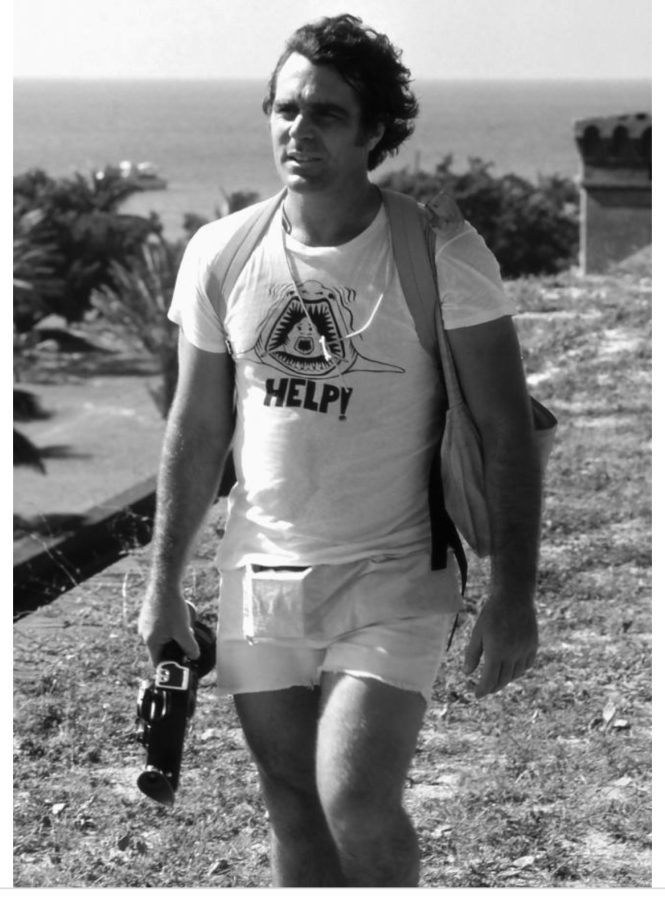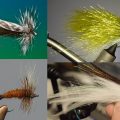Remembering Guy de la Valdene

Guy de la Valdene circa 1970s
Guy de la Valdene, writer and filmmaker, passed away last week in his home outside Tallahassee. Although we never met, his iconic footage of the Florida Keys backcountry in his 1973, Tarpon, made a deep and lasting impression.
In that film, Guy and brother-in-law Christian Odasso, cameraman, captured the youth and spirit of a generation of writers and artists who brushed against the Florida Keys in the late 60s—notably Tom McGuane, Richard Brautigan, Jimmy Buffet, and Jim Harrison. No one could have known at the time that the magnificent fishery of tarpon, both migrating and nesting off Key West, was on the verge.
Tarpon is unique. There is no other documentary record that captures the lush seagrass meadows that once carpeted so much of Florida Bay, a vast, one-of-a-kind wilderness. Guy’s film captured the drama of fly fishing tarpon, above and below the surface, at a special moment. The makers’ crowning achievement: building a platform on the flats to capture migrating tarpon they knew would be there when the sun rose the next day and the days after that.
We will never film that way again, off Key West, from a platform. Back then, the tarpon were naïve. They hadn’t seen fly fishermen, boats, and gear to make them wary of encounters with humankind. The water quality was pristine and not yet marred by serial algae blooms and the other marks of pollution and climate change.
I began fishing the flats, thanks to parents who had a small home on Marathon Key, in the early 1970s. I experienced the natural world that captivated Guy and his friends.
I fished often enough to know the backcountry from the Marquesas to Woman Key, the Archers, Sugarloaf, Big Pine, Snipe to 9 Mile Bank and Cape Sable. Not nearly as well as the best guides of that era, but well enough to feel a tangible connection to a magnificent wilderness at the bottom of the Everglades that exists today mostly in our collective imagination.
Many of us who dedicate time and energy to restoring the Everglades ecosystem, including its components like Florida Bay, are fired by memories of what we’ve lost. What Guy and Christian filmed, this generation of taxpayers and citizens are trying to recover. How could they have known then it would come to a contest between common sense logic to protect irreplaceable wilderness in the first place and progress that requires taxpayer investment of billions in uncertain remediation?
The good news is that nature can heal if we cover our tracks. Nature can heal if we are wise enough to put political grandstanding where it can’t harm investments based on science.
Many of us know, too, that the key to tackling the biggest problem—rapid, man-made climate change is the best example—is to successfully direct resources to fix what we know can be fixed. Problems like the Florida Bay and the Everglades are massive opportunities.
I often ask myself the question: How will those who never experienced the glory of Florida Bay and the Everglades become energized to carry the multi-generational tasks of investment in water management infrastructure? How will they find the motivation that has driven us because we experienced these special, magnificent places?
One timeless source of inspiration is Guy’s Tarpon. He captured lightning in a bottle. Godspeed, Guy, and thank you.
You can watch the classic fly fishing film Tarpon here.











